The Biggest 2025 Zoning Changes Every Honolulu Homeowner Must Know
(And Why Ignoring Them Could Delay Your Project for Months)
.png)
If you’re planning to build, renovate, or add an ADU in Honolulu, 2025 is already shaping up to be a huge year. The Department of Planning & Permitting (DPP) has rolled out several major zoning and building rule changes—all designed to make homes safer, stronger, and more resilient.
But here’s the real headline:
If you don’t understand these new rules before you start planning, you could get stuck with surprise delays, redesign costs, or even a denied permit.
This guide breaks down the biggest 2025 zoning changes you must know, in simple, easy-to-understand language.
Let’s dive in.
**1. New Shoreline Setback Rules
.jpg)
Your Lot Might Be Smaller Than You Think**
Shorelines across Oʻahu are shifting faster than ever, and DPP has updated how setbacks are measured in 2025. These changes affect far more than just Hawaii Kai—they apply to every shoreline community, including:
- Hawai‘i Kai
- Kailua
- Waimānalo
- North Shore
- Wai‘anae Coast
- Kakaʻako / Waikīkī oceanfront
- Any residential lot touching or near the water
What’s new?
Shoreline setbacks are now based on updated erosion rates, which means many lots will see increased setback distances. In some areas, the setback has moved back by dozens of feet.
That means:
- Your buildable area could shrink
- Existing structures near the water may be "non-conforming"
- Future additions could face stricter rules (or need special approval)
The big risk
Many homeowners assume their old shoreline certification is still valid. But in 2025:
Any shoreline certification older than 1 year must be redone.
No exceptions.
If your certification expires during planning, your architect may have to redraw your entire site plan—delaying your project for months.
Helpful tools
- O‘ahu Shoreline Change Map (University of Hawai‘i + DPP)
- State of Hawai‘i Sea Level Rise Viewer (PacIOOS)
**2. New Slope Instability Rules
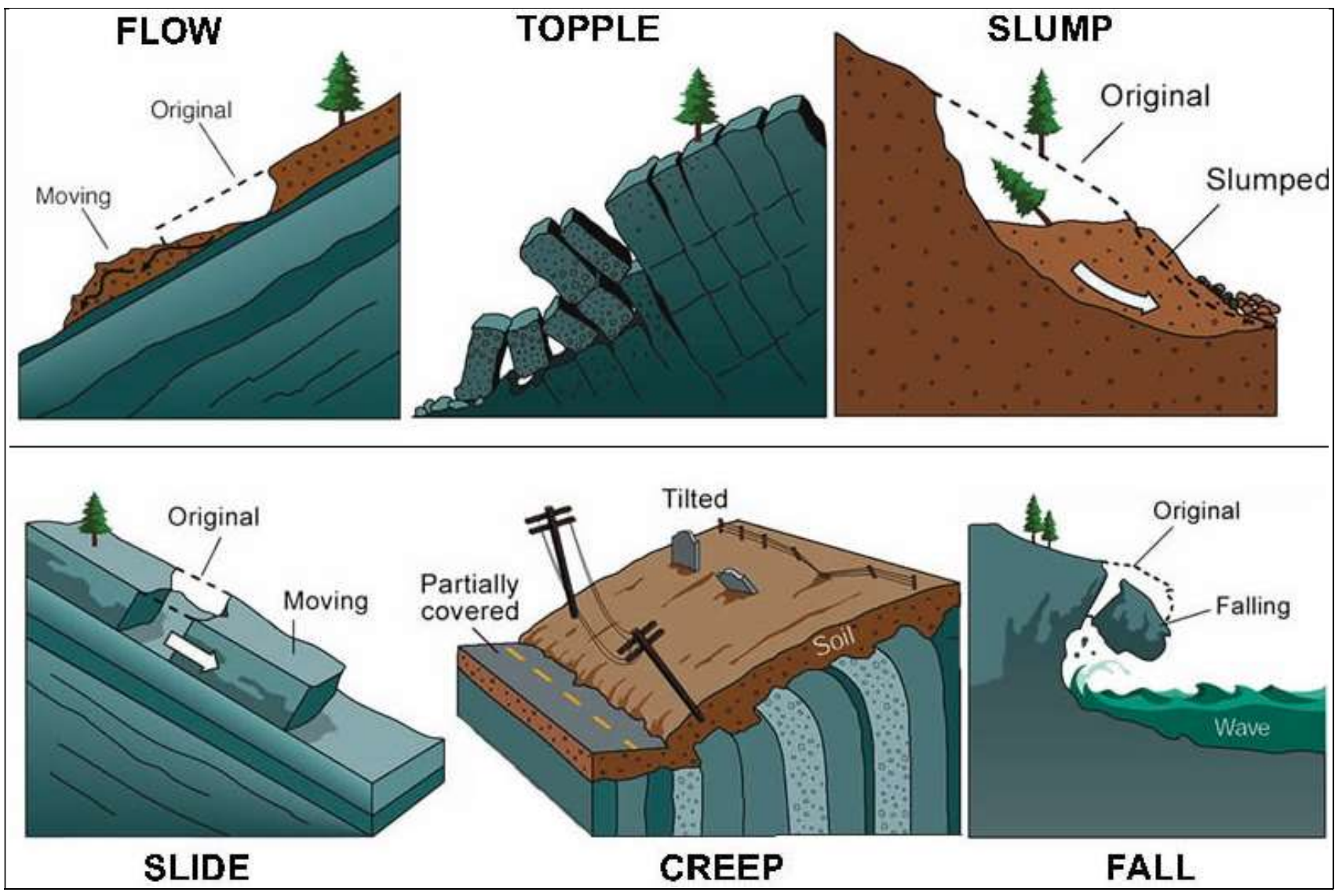
Hillside Lots Now Face Stricter Safety Standards**
If you live on or near a slope—think areas like Hawai‘i Loa Ridge, ‘Aiea Heights, Manoa, Palolo, St. Louis Heights, Makakilo, and much of the Windward side—2025 brings new geotechnical requirements you can’t ignore.
What’s changing?
Honolulu is putting more focus on slope movement and hillside stability. New rules require:
- More detailed geotechnical reports
- Updated soil testing standards
- Stricter retaining wall design requirements
- Drainage plans that handle more runoff
Why now?
Recent heavy rain events have caused slope failures across O‘ahu. The city is tightening safety measures to avoid landslides, property damage, and drainage problems.
What homeowners need to know
If your project is on or near a hillside:
- Expect longer site investigation times
- Budget for more engineering work
- Know that old soil reports may not pass under the 2025 standards
The earlier you start geotechnical testing, the smoother your planning process will be.
**3. Sewer Capacity Limitations
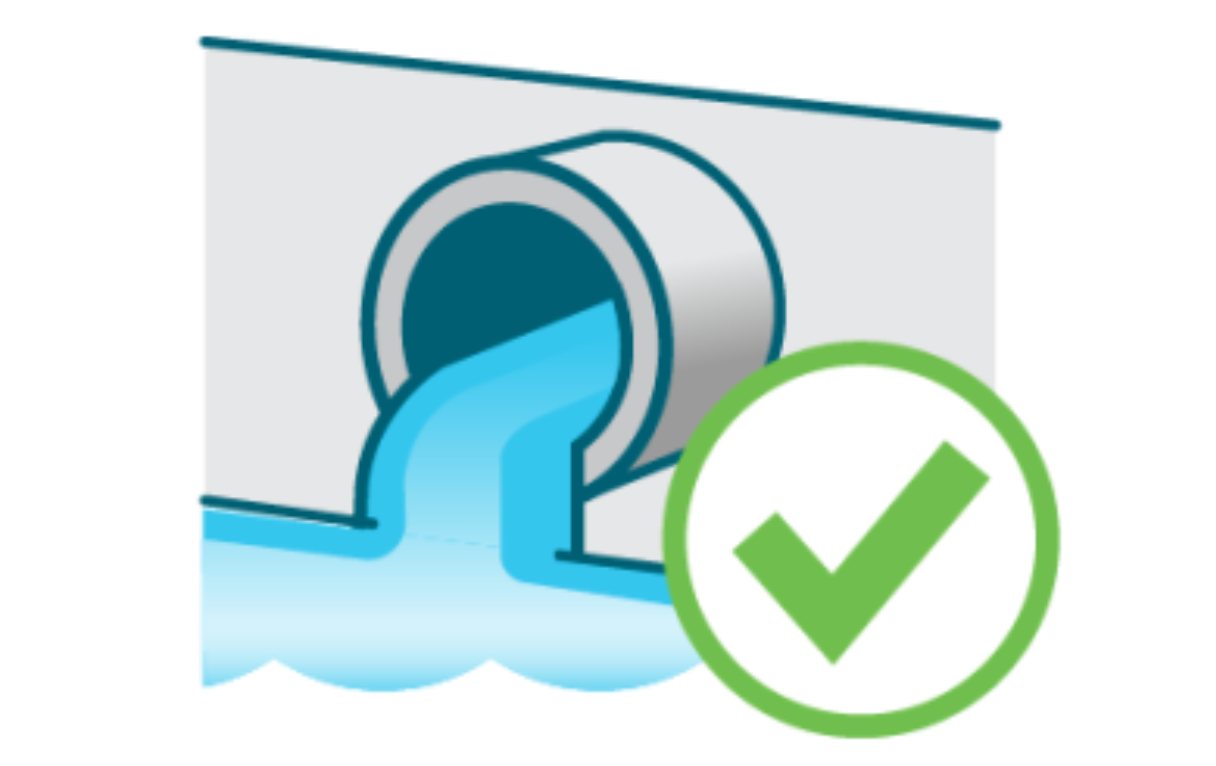
Your Permit Might Be Delayed—Even if Your Plans Are Perfect**
This one catches homeowners by surprise more than anything else.
Even if your design meets the zoning rules, the sewer line serving your property must have the capacity to handle your project.
What changed in 2025?
Honolulu has updated capacity thresholds in several neighborhoods—especially older areas with aging infrastructure.
If you’re planning:
- A new home
- A large addition
- An ADU (Accessory Dwelling Unit)
- Extra bathrooms
…you may be required to get a Sewer Adequacy Memo or wait for DPP’s verification.
Why this matters
If sewer capacity is limited in your area, your project may be:
- Delayed
- Modified
- Required to reduce fixture counts
- Put on hold until improvements are made
Some Honolulu neighborhoods already have restrictions in place, including parts of:
- Kaimukī
- Moʻiliʻili
- Kailua
- Mānoa
- Wahiawā
- Older urban Honolulu
If you’re planning an ADU, this is especially important—sewer capacity is one of the top reasons ADUs get delayed.
**4. Flood Zone Updates
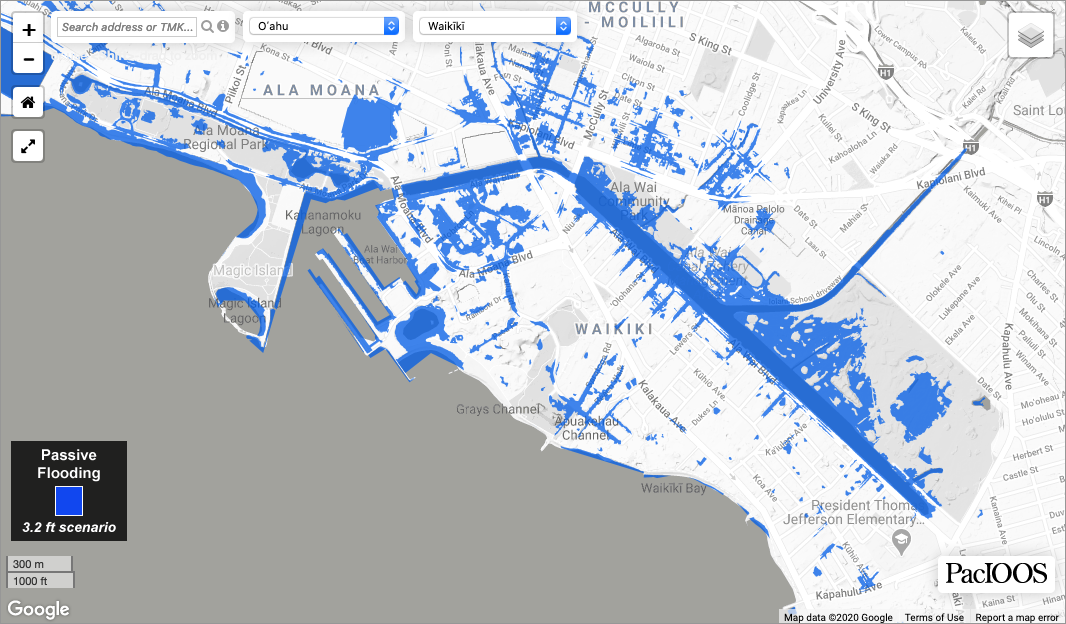
More Neighborhoods Are Being Reclassified in 2025**
Flood maps across O‘ahu have been updated again for 2025. Even if you’ve checked your map before, your property’s flood designation may have changed.
What’s new?
Some areas are being moved into higher-risk zones due to:
- Sea level rise
- Heavier rain events
- Updated storm data
- Climate modeling
This affects hundreds of properties in:
- Ewa Beach
- Waipahu
- Kāne‘ohe
- Kailua
- Hau‘ula
- Honolulu urban corridor
- North Shore flood plains
What this means for your project
If your lot is now in a higher-risk flood zone:
- You may need a new elevation certificate
- Your foundation may require new engineering
- You may need flood vents or breakaway walls
- Your survey and site plan may need updating
For homeowners building close to sea level, these changes can significantly affect design and cost.
**5. New Energy Efficiency Requirements
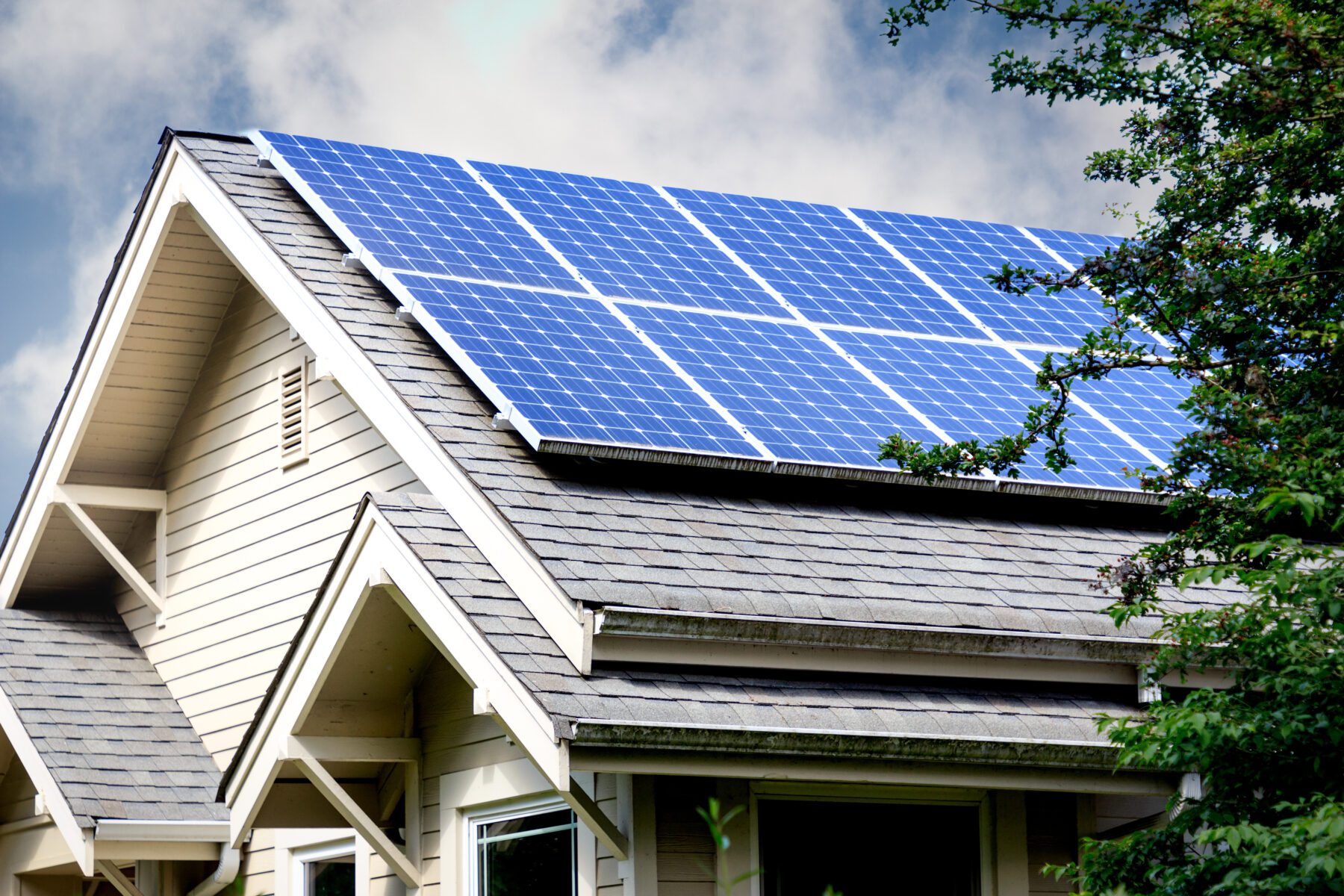
Better for the Planet, But Expect a Few More Checkboxes**
Honolulu is pushing forward with clean-energy policies, and 2025 brings new rules focused on reducing energy use in new homes and major renovations.
Key updates include:
- Higher insulation requirements
- More efficient windows
- Updated solar-ready rules (for PV and water heating)
- New requirements for electric vehicle charging readiness
- Stricter lighting efficiency standards
Who is affected?
Any homeowner planning:
- A new home
- A major remodel
- A garage addition
- An ADU
- A second story
What to expect
These updates can change:
- Material choices
- Budget planning
- Permit review steps
- Electrical layouts
The good news: a more energy-efficient home is cheaper to run and more comfortable year-round.
Bottom Line: 2025 Is a Major Turning Point for Honolulu Home Projects
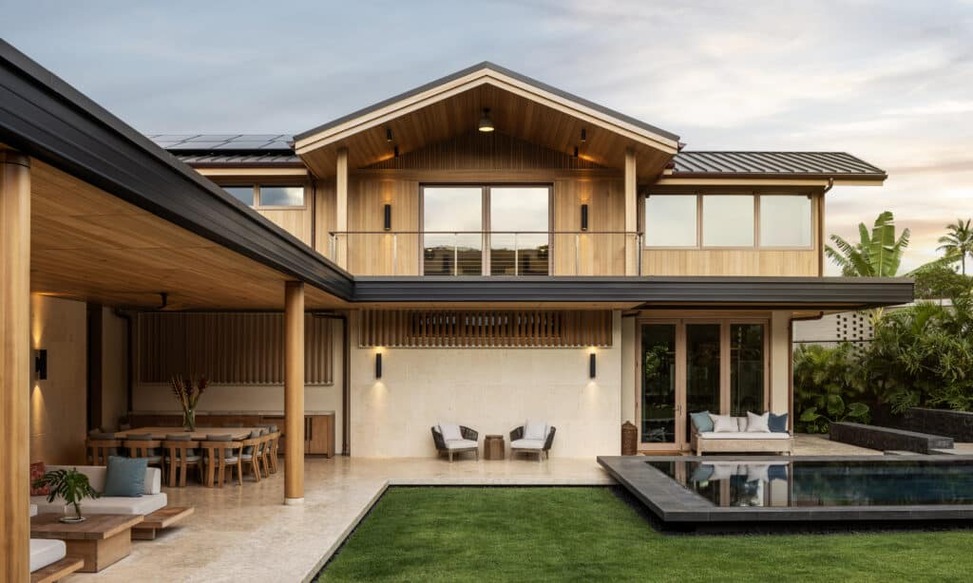
If you’re thinking about building or remodeling in the next 12–18 months, these zoning changes aren’t just “nice to know”—they can make or break your timeline.
Here’s the safest plan:
- Check your shoreline, slope, sewer, and flood status before designing anything
- Use updated maps and data—even if you checked last year
- Get an early consultation with your architect so potential issues are caught before you spend money on plans
- Start your project as early as possible—More homeowners are submitting projects than ever, so those who start early often enjoy the smoothest, fastest approvals.
Honolulu rules are changing fast, and the homeowners who stay informed will save thousands of dollars and months of frustration.
If you want help checking your lot or understanding how these 2025 rules affect your home, our team at Home Planning Hawaii is here to guide you every step of the way.
Phone Number
Contact
Opening Hours
Mon - Sat 8:00 - 5:30,
Sunday - Closed
Location
500 Ala Moana Blvd, Suite 7400
Honolulu, HI 96813


